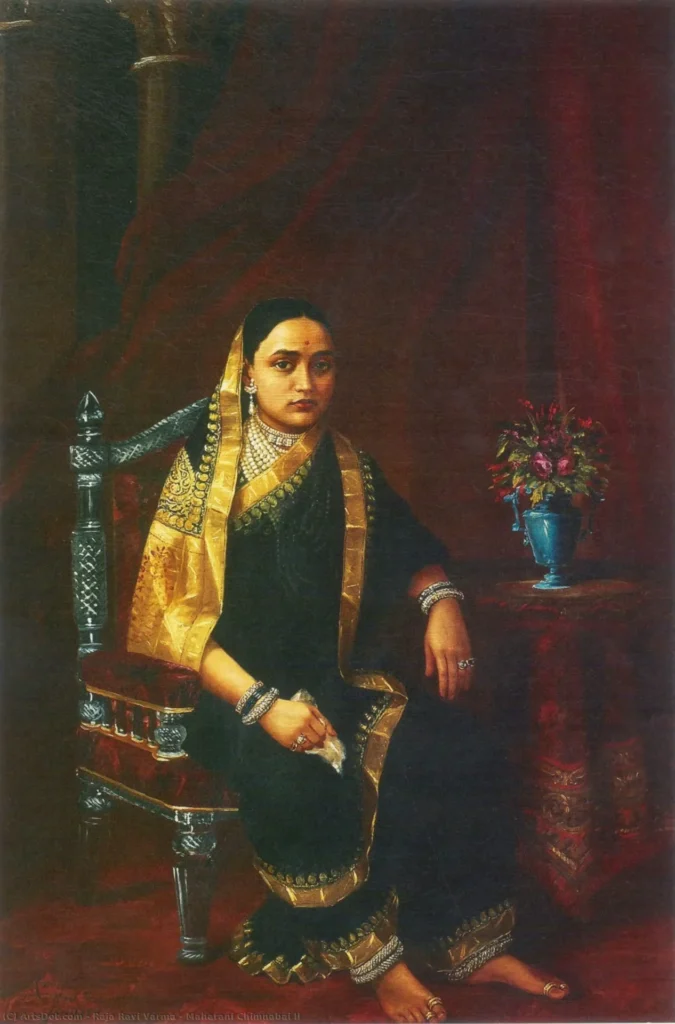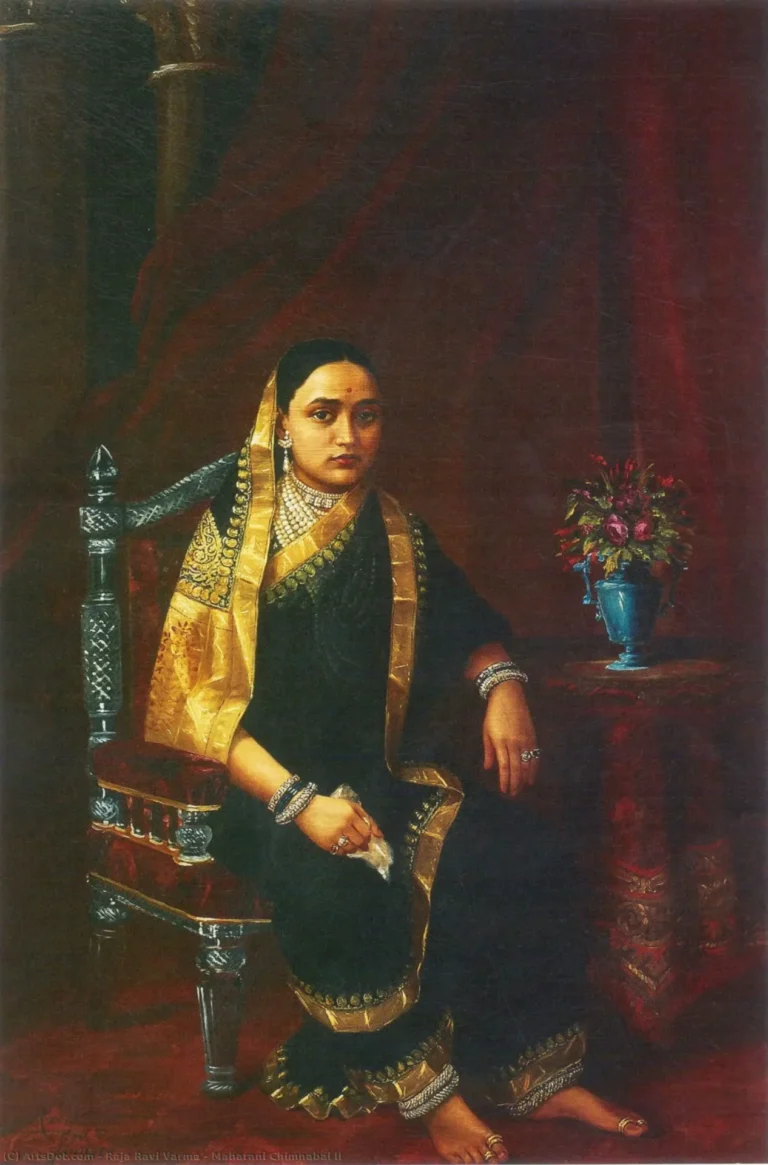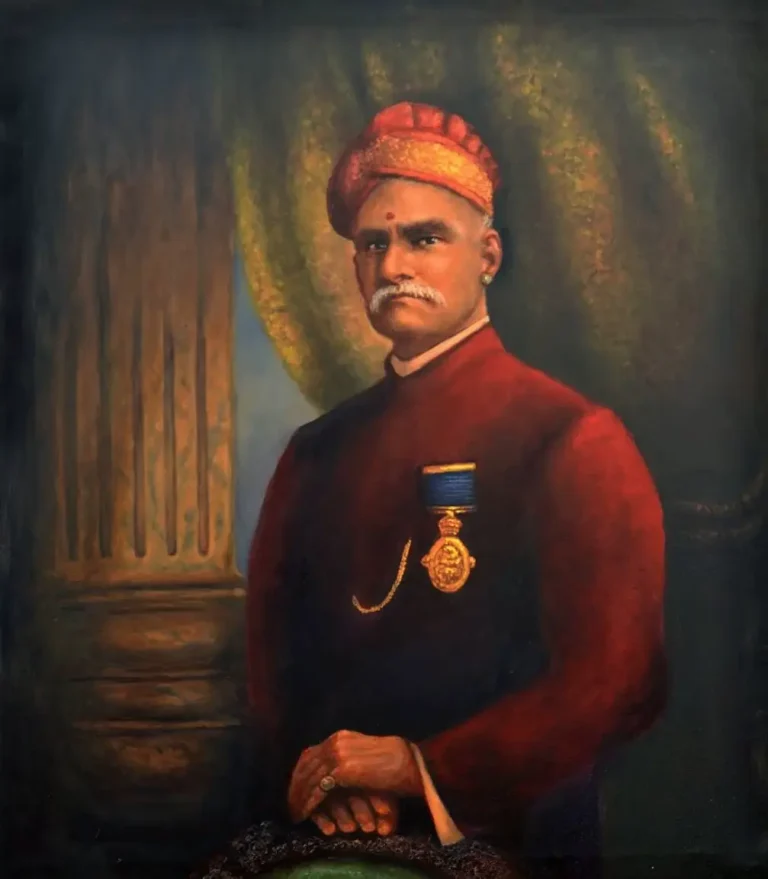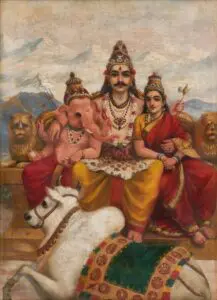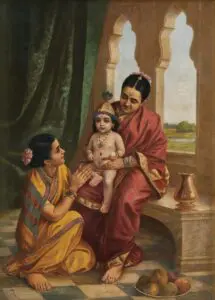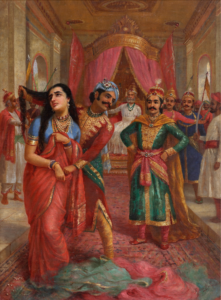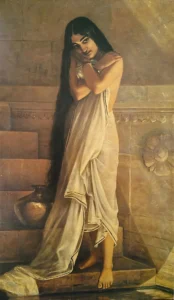Maharani Chimnabai II
Maharani Chimnabai II is a captivating artwork by the celebrated artist Raja Ravi Varma, featuring the young bride Maharani Chimnabai II, wife of Maharaja Sayajirao III of Baroda. This painting represents a pivotal moment in Varma's career, showcasing a transition from traditional Indian Tanjore styles to a refined Victorian technique. The meticulous detailing of her intricate sari and the soft modelling of her visage highlight Varma's exceptional skill in portraying both beauty and emotion, solidifying his reputation within both the Indian aristocracy and the British colonial landscape.
Late 19th Century
About the Artwork
The story of Maharani Chimnabai II unfolds in the late 19th century, a time of great socio-political change in India. Amidst the backdrop of the British Raj, Raja Ravi Varma emerged as a leading artistic voice, collecting accolades from both Indian royalty and colonial authorities. The painting portrays Maharani Chimnabai II, who married the Maharaja after the untimely passing of his first wife. Through the delicate textures of her brocade sari and the richness of her expression, the portrait encapsulates the essence of her character—graceful yet dignified, embodying the transitional identity of a woman in a culturally rich yet changing India. The artwork, housed in the Maharaja Fateh Singh Museum, continues to inspire admiration for its historical and artistic significance.
Did You Know
Liked what you see? Add it to your collection.
Enjoyed reading? Share it.
... continued
Subject
The painting depicts Maharani Chimnabai II, who was the second wife of Maharaja Sayajirao III of Baroda. She was born Garabai Ghatge of Dewas and married the Maharaja after the death of his first wife, Chimnabai I, in 1885.
Style and Technique
This painting marks a transformation in Varma's style, moving away from the traditional Tanjore style to a more Victorian and academic approach. The painting is characterized by careful modelling of the face, capturing the shy beauty of the young bride. It features detailed textures of her brocade sari and a velvet background, showcasing Varma's mastery in portraying soft and graceful forms.
Original Source
The original painting is housed at the Maharaja Fateh Singh Museum in Vadodara, India.
Historical Context
Raja Ravi Varma's work, including 'Maharani Chimnabai II,' was influential in breaking the monopoly of European painters in India during the Victorian era. His portraits were highly regarded by both Indian aristocracy and the British Raj, establishing him as a leading figure in Indian art.




